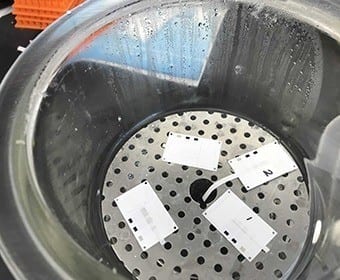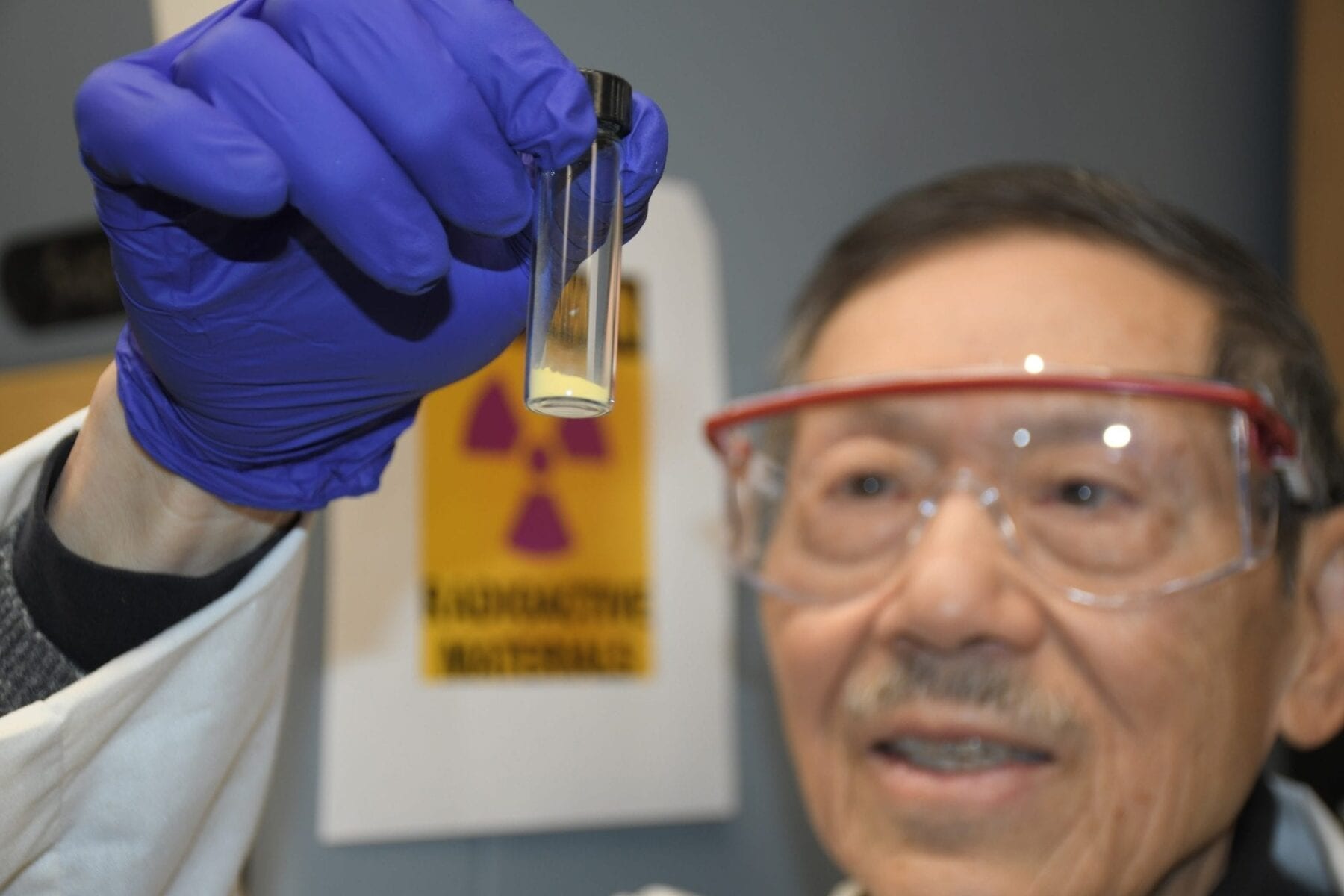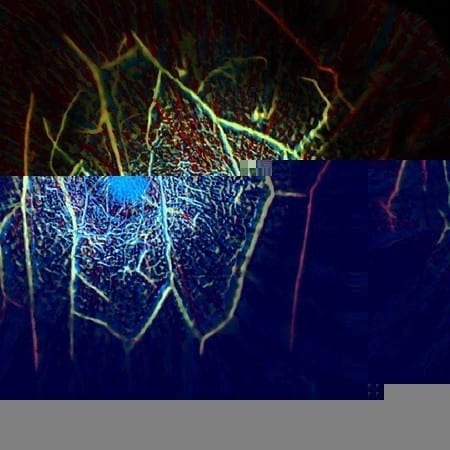
A new study by Waldemar Gorski, professor and chair of the UTSA Department of Chemistry, and Stanton McHardy, associate professor of research in chemistry and director of the UTSA Center for Innovative Drug Discovery, describes a method that could show quickly and accurately whether a person has been infected with harmful bacteria or other pathogens. Additionally, this new method shows the exact severity of infection in a person.
The most common method of testing for infection in medical facilities is a strip that turns a certain color when infected fluids come into contact with it.
“The problem with this method is that it’s imprecise,” Gorski said. “The human eye is forced to judge the level of infection based on the hue and deepness of a color. It’s difficult to make an accurate call based on that.” Furthermore, roughly a third of samples cannot be tested because the fluids contain blood or are too opaque.
Other methods include microbiology or examining body fluid samples under a microscope and counting white blood cells, also known as leukocytes, which are an indicator of an infection. However, these can be slow processes and require more highly trained personnel.
Gorski, seeing a need for an easier and more rapid method of testing for infection, resolved to test an electrochemical approach, and sought out McHardy, a medicinal chemist. Together, they created molecules that bind to leukocyte enzymes and produce an electrical current to signal the presence of an infection.
Their new molecules are housed on a testing strip. After being contacted with infected bodily fluids, the strip is connected to a computer monitor that displays a clear range of electrochemical responses demonstrating the severity of an infection.
“The signs and symptoms people demonstrate aren’t always reflective of the level of the infection they have,” McHardy said. “This method could very easily show just how serious an infection is and make diagnosis a much quicker process, possibly preventing a more serious illness.”
Gorski believes the method could be especially useful to people who have just undergone surgery, as it could determine definitively whether they have an infection from the procedure before it worsens.
Learn more: UTSA researchers create method that can quickly and accurately detect infections
The Latest on: Detecting infections
[google_news title=”” keyword=”detecting infections” num_posts=”10″ blurb_length=”0″ show_thumb=”left”]
via Google News
The Latest on: Detecting infections
- Bird flu detected in Colorado dairy herd, widening nationwide outbreak among cattleon April 27, 2024 at 6:39 pm
State officials announced that avian influenza, also known as bird flu, had been detected in a dairy herd in northeastern Colorado.
- One in Five Milk Samples Has Bird Flu Virus Fragments, Suggesting Cow Infections Are More Widespread Than Thoughton April 26, 2024 at 2:12 pm
The research has not yet found evidence that milk contains infectious virus, and the FDA says the commercial milk supply is safe ...
- Bird flu virus traces detected in 1 in 5 pasteurized cow milk sampleson April 26, 2024 at 9:19 am
The FDA believes that the commercial milk supply remains safe, since the testing only revealed small genetic traces of bird flu and not live virus that causes infections. The virus itself was first ...
- Covid-19 Found in People’s Blood Months After Infectionon April 26, 2024 at 7:57 am
A quarter of people had Covid-19 viral proteins in their blood up to 14 months after infection. These proteins in the blood indicate that SARS-CoV-2 keeps living in tissue reservoirs. The study used a ...
- As ticks spread, the US is getting smart about reporting infections and seeing the true extent of Lyme diseaseon April 26, 2024 at 7:38 am
The Centers for Disease Control and Prevention (CDC) — the federal agency that monitors diseases and establishes guidelines to protect human health — published a paper in February that shows cases of ...
- Sexually transmitted diseases in Minnesota are down, but HIV and newborn syphilis cases are upon April 25, 2024 at 12:48 pm
Sexually transmitted diseases in Minnesota are down, but HIV and newborn syphilis cases are up; increases in HIV cases among Hispanic Minnesotans, and syphilis cases among women, suggest emerging ...
- Doc Writes Book With ChatGPT; Can AI Detect STIs? How AI Replies to Patient Messageson April 25, 2024 at 10:46 am
Using generative AI to draft physician replies to patient messages resulted in significantly increased read times (likely due to the need to read both the original message and the draft reply), with ...
- Bird Flu Virus Detected in Pasteurized Milk, as U.S. Moves to Test More Dairy Cowson April 24, 2024 at 2:25 pm
The FDA maintains that the commercial milk supply is safe, and it plans to report results of further tests in the coming days and weeks ...
- New bacteria threat detected in Devon waters that can cause serious infectionson April 23, 2024 at 10:45 pm
The bacteria, vibrio alginolyticus, was discovered in the River Teign at Shaldon last year and can cause serious ear infections and stomach upsets, health experts say ...
via Bing News










